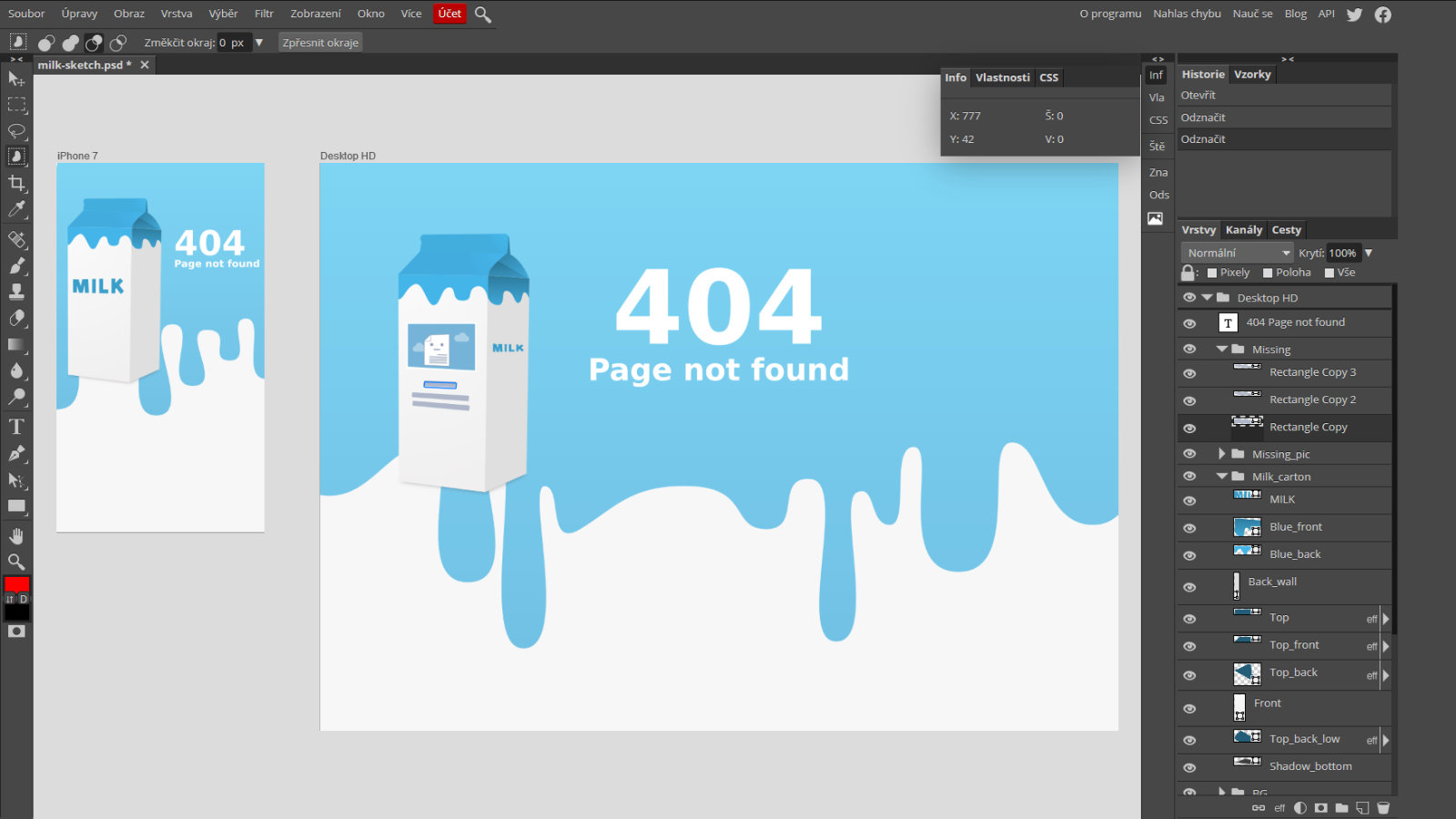Modern technology has moved forward significantly in recent years. This can be clearly seen, for example, in the way data is stored. While relatively recently we used cassettes for this, followed by CDs, DVDs or external disks, today we use so-called cloud storage for this. All our data is thus stored on the servers of the given provider. Thanks to the high-speed Internet connection, we have a complete backup quickly solved without having to bother with buying disks and setting them up. On the contrary, we (mostly) have to pay a monthly/annual subscription.
It could be interest you

It is the approach to data storage that has changed significantly in this regard, and today people rely mainly on the aforementioned cloud storage. Anyway, it doesn't end there. More and more things are moving to the so-called cloud, thanks to which we no longer need to have the necessary hardware or even install individual programs as far as possible. There are simply several options today. Another prime example is the Microsoft 365 service, where we can work with applications such as Word, PowerPoint or Excel within the browser.
The future lies in the cloud
When we look at current developments, it is quite obvious that the future, or at least part of it, lies precisely in the cloud. This is excellently demonstrated by gaming, for example. Years ago, no one would have thought that you could easily play "A" titles on a weak computer, or even on a mobile phone. But it is no longer science fiction, but a well-functioning reality, specifically thanks to cloud gaming services. In this case, there is again only one condition – to have a stable Internet connection. Moreover, the arrival of these platforms raises further discussion. Where will we actually move with software in the coming years?
The opinion has been expressed several times that the time of installing games and applications on our computers is slowly coming to an end. Accordingly, we will run them all from the cloud, so to speak, with only the need for an Internet connection. Moreover, such speculation may not be far from the truth. A number of programs already work in this way today, including, for example, the mentioned applications from the Microsoft 365 package, or even programs from Apple iWork. Through the iCloud.com website, you can start Pages, Numbers and Keynote and work directly in them.

What about more demanding applications that take care of, for example, graphics or video? In this respect, we could consider Adobe Photoshop, Affinity Photo, and Adobe Premiere or Final Cut Pro for video to be the best in the field of (raster) graphics. Many people will not even be surprised that today there is a practically full-fledged alternative to the mentioned Photoshop, and it is completely free from the Internet. Specifically, we mean a web application Photopea. It understands the PSD format, supports the same shortcuts as Photoshop and offers a practically copied interface. As for video editors, we are no longer so lucky. There are some online alternatives, but they do not compare to the mentioned pair.
It could be interest you

What future awaits us
At the same time, the question is whether we will see a full-fledged video editor accessible from the cloud in the near future. At first you may think that if it works for the most graphically demanding games, why wouldn't it work for these programs. Here is the stumbling block. Even gaming itself is a big compromise in quality - the image is transmitted over the Internet and can never achieve the quality as if it were rendered directly on the computer. And that is why it is very problematic to bring a quality video editor. When creating videos, it is very important to have a sense of color so that the result looks as good as possible. Image transfer could significantly complicate this activity.
 Adam Kos
Adam Kos 




Hello, thanks for the tip on Photopea